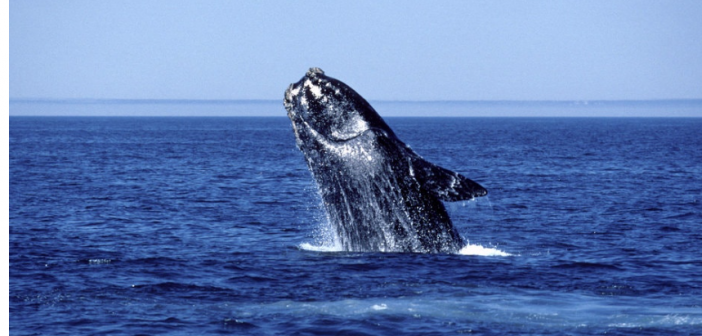Because of warmer water temperatures, an ever-smaller population of North Atlantic right whales is heading farther up the Bay of Fundy and the Gulf of St. Lawrence in search of food. Here’s what this means not only for the whales, but also for the fishermen and cruisers in the area. Read the whole story in The New York Times:
By Karen Weintraub
Something happened to the population of North Atlantic right whales in the last decade, as their numbers shrank and fewer calves were born.
Scientists had long speculated that a change had occurred in the whales’ sources of food. By 2017, only 411 animals were counted, down from 482 in 2010. A paper published this month in the journal Oceanography, links warming in the Gulf of Maine with the life cycle of the copepod Calanus finmarchicus, a tiny shrimplike creature that forms the foundation of the right whale diet.
Although it is hard to prove cause and effect, the paper’s lead author, Nicholas Record, said the study connected “the big ocean-scale climate changes” in the North Atlantic with the water coming into the Gulf of Maine and the whale’s food resources.
“All of these pieces lined up together really well,” said Dr. Record, senior research scientist at the Bigelow Laboratory for Ocean Sciences, a nonprofit institute in Boothbay, Maine. “It was really kind of stunning.”
An influx of warm water near the ocean floor in 2010 significantly reduced the abundance of the shrimplike creature in the Gulf of Maine that summer and fall. Warmer water would have brought in fewer Calanus and also meant that more died and were eaten earlier in the season, Dr. Record said, leaving less food, “right when right whales need their last big meal before winter.”
The whales followed the Calanus populations elsewhere, including to Cape Cod Bay and to the Gulf of St. Lawrence in northern Canada. Their shift in location may have created even bigger problems for the overall population, when they might have been hungry and moved to places with heavy shipping traffic.
North Atlantic right whales live off the East Coast of the United States and Canada, heading north during warmer weather and south during the winter. Many summer off New England and points north; their calving grounds are off the coast of Florida and Georgia.
“We’ve planned all these conservation measures around areas where we have known the whales to show up at the same time each time of year,” Dr. Record said. “When they stop showing up in those areas, and start showing up where protected measures aren’t in place, that’s when the problem starts.” Read more:
https://www.nytimes.com/2019/05/23/science/right-whales-endangered.html




